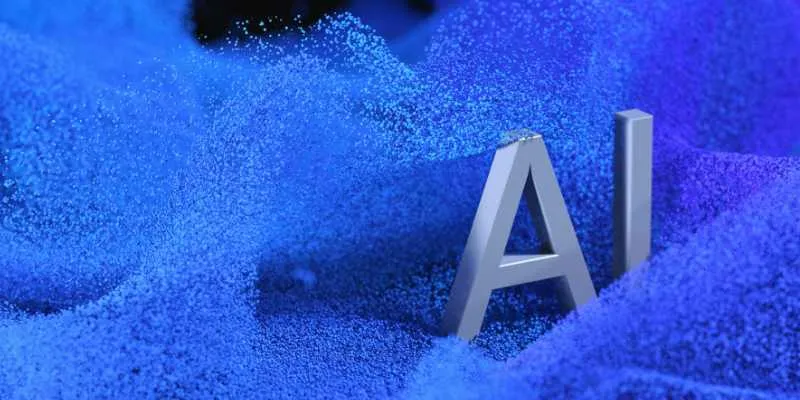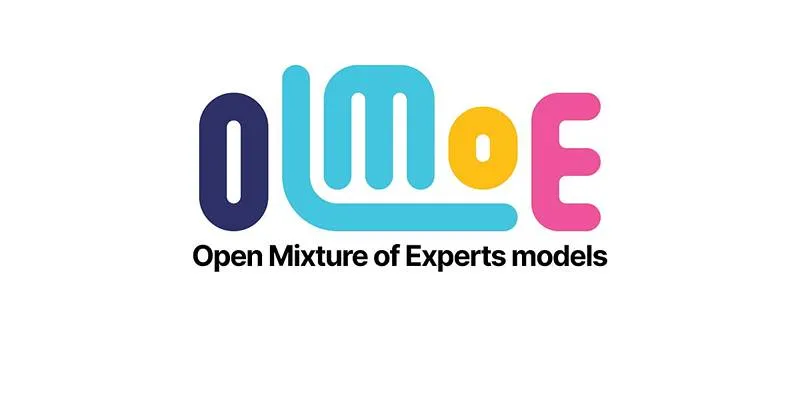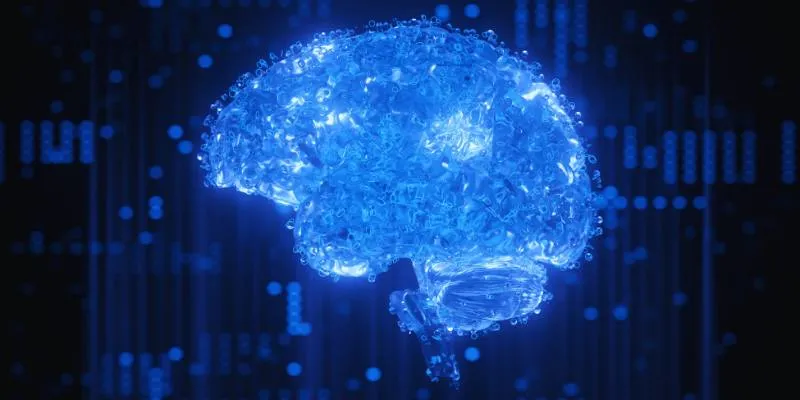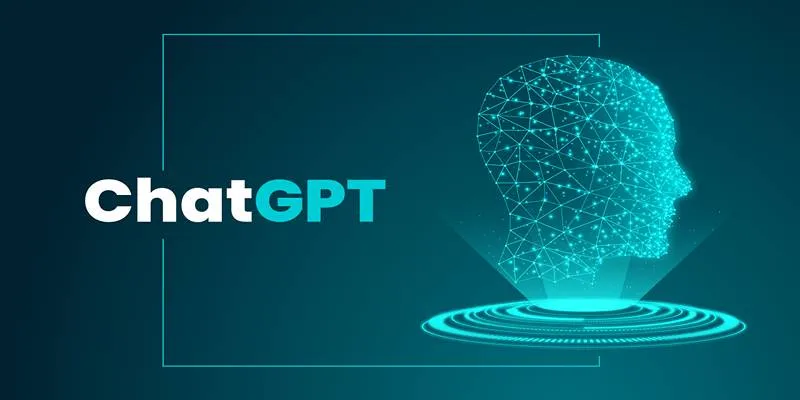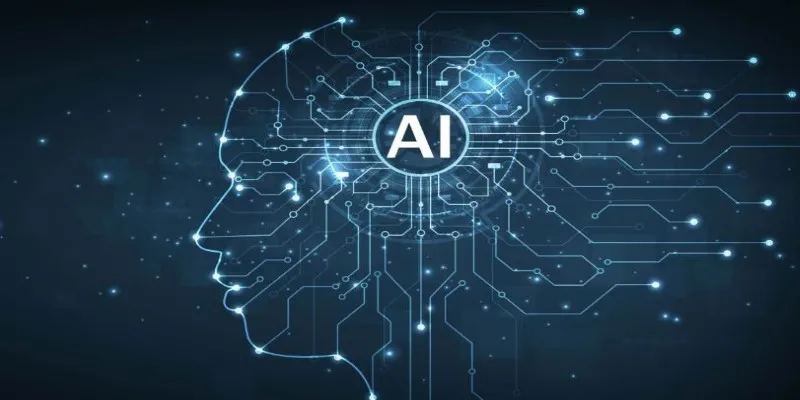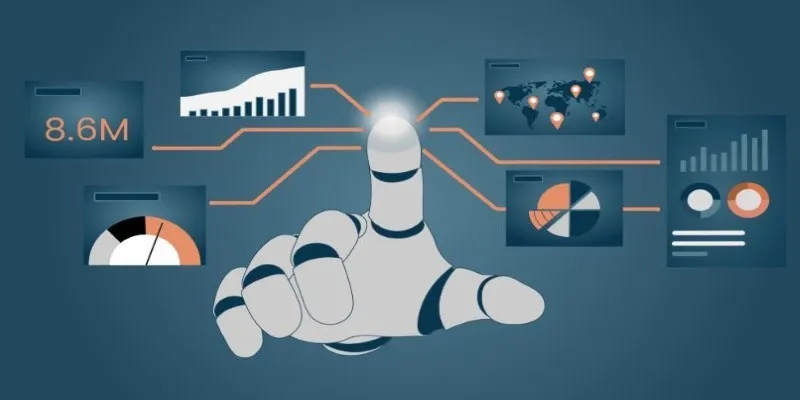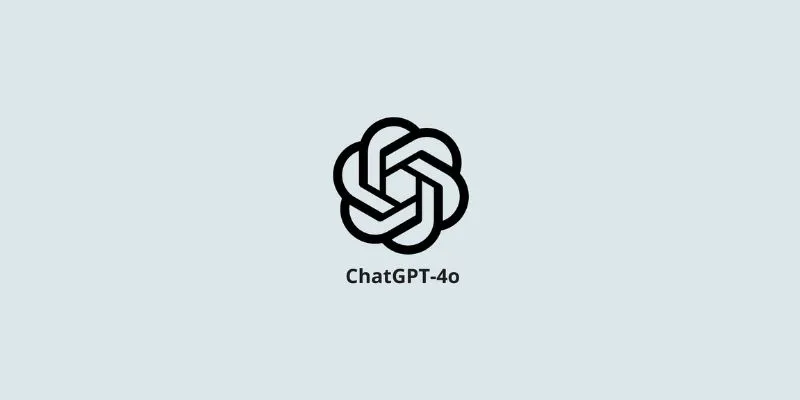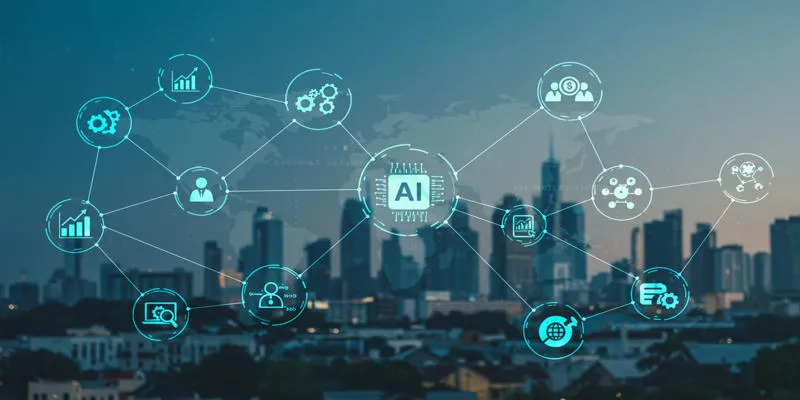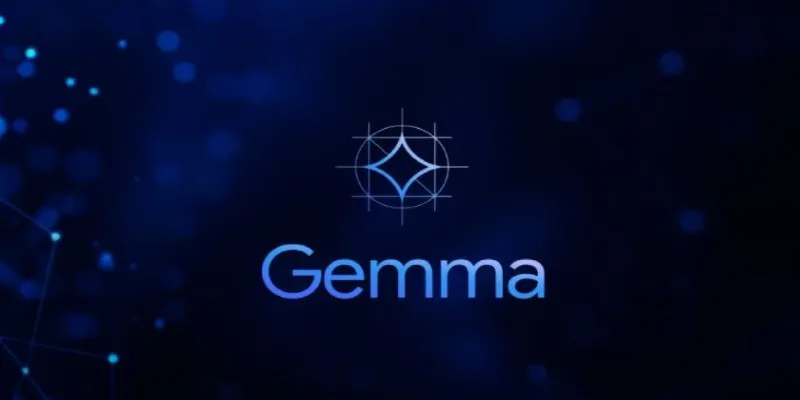In today’s fast-paced world, productivity tools are essential. Managing schedules, writing emails, conducting research, organizing spreadsheets, and creating reports can be overwhelming, especially when juggling multiple tools. But what if you could centralize all these tasks and assign each to a professional assistant available 24/7?
Thanks to the rise of Custom GPTs, this is now possible. By building a personalized team of AI assistants, individuals ranging from entrepreneurs and freelancers to students and managers can streamline daily operations, reduce time spent on repetitive tasks, and focus more on strategic thinking. This blog post will guide you on how to create a team of AI assistants using Custom GPTs, explore their capabilities, and demonstrate how they work together to enhance productivity.
Why Build a Team of AI Assistants?
Many people rely on multiple apps to manage different aspects of their work: calendars for scheduling, writing tools for emails, note-taking apps, spreadsheet software, etc. Constantly switching between these platforms can slow down productivity and increase mental fatigue.
Creating a team of Custom GPTs addresses this issue. These assistants operate within the ChatGPT interface, handling tasks typically assigned to various tools—all in one place. This setup allows for faster task completion, smoother workflows, and a significant boost in focus and efficiency. By building a team, users can delegate routine or complex tasks to the appropriate AI assistant, much like assigning responsibilities to team members in a traditional office setting.
1. Start With a Planning Assistant

Every team needs a coordinator, and in an AI team, that role is filled by a planning GPT, such as StratGPT (short for Strategy GPT). This assistant helps users map out their day, prioritize tasks, and schedule breaks or meetings.
For instance, if you have a 9 AM meeting and a 1 PM deadline, StratGPT can generate a detailed daily plan around these commitments. It offers suggestions for when to take breaks, focus on deep work, and stay on schedule.
This planning GPT acts as a personal operations manager , ensuring time is allocated wisely throughout the day. Having a structured plan reduces decision fatigue, helping users start their day with clarity and purpose.
2. Add a Research Assistant to Handle Information Gathering
Research is a time-consuming but necessary part of many jobs. Whether comparing software tools, analyzing market trends, or studying academic topics, sifting through search results can take hours.
A Research Assistant GPT simplifies this process. Users can describe the topic they’re exploring, and the assistant provides a concise summary of key information, pros and cons, definitions, or even source links, depending on its training. Instead of jumping between websites, users receive digestible insights in seconds. For professionals, this AI assistant serves as a virtual analyst, offering well-organized, relevant research without the hassle of traditional web searches.
3. Use an Excel Formula Assistant for Data Tasks
Managing data in spreadsheets is often one of the most tedious parts of any workflow. Writing and debugging Excel formulas can be challenging, even for those familiar with them.
The AI Excel Formula Generator GPT is designed to take over this responsibility. Users can specify their needs—like calculating percentages, referencing data between sheets, or cleaning up formatting—and the assistant will instantly generate the necessary formula.
Even for basic operations, this GPT eliminates the need to remember syntax or search for help online. It acts like a technical expert in spreadsheets, ensuring that data is accurate, well-organized, and easy to understand.
4. Include a Reporting GPT for Project Summaries
Once a project is completed or data is analyzed, the next step is usually writing a report. A Report Writer GPT can handle this efficiently. By uploading a CSV file or pasting in relevant data, users can prompt the assistant to summarize results, highlight key insights, and structure content into a professional format.
This assistant can tailor the report based on the audience—whether it’s a client, manager, or colleague. With just a few inputs, users receive a full draft, which can be adjusted or refined as needed. The Report Writer GPT functions as a content creator within the team, capable of turning raw information into polished, readable content.
5. Don’t Forget the Email Assistant
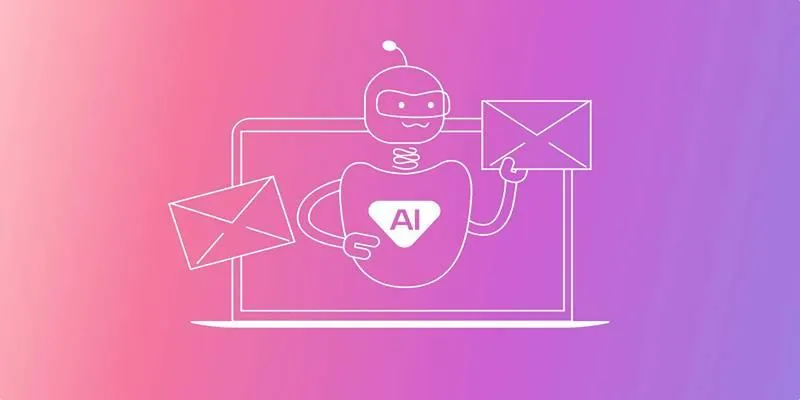
Effective communication is crucial in any team, and sharing results or updates via email is part of most workflows. The Email and Mail Writer GPT serves as the communication specialist in your AI team.
After generating a report or completing a task, users can ask the assistant to draft an email summarizing the work and suggesting the next steps. It eliminates the need to think through formatting, tone, and structure from scratch. It’s also helpful for writing follow-ups, customer replies, or outreach messages. With a clear and professional draft ready to go, users only need to make minor edits before sending it off.
Getting Started with Your GPT Team
To start building a team of AI assistants, users need a ChatGPT Plus subscription. Once subscribed, they can:
- Open ChatGPT and select the “Explore GPTs” tab.
- Search for GPTs based on task or function (e.g., “planner,” “report writer,” “email assistant”).
- Save favorites to the sidebar for easy access.
- Use the “@” command to call specific GPTs during a conversation.
Each saved GPT becomes a quick-access teammate, always ready to jump in when needed.
Conclusion
Building a team of AI assistants with Custom GPTs is a smart way to enhance productivity, reduce repetitive work, and stay organized. Each assistant plays a specific role—just like members of a real team—and together, they streamline everything from planning and research to reporting and communication. Instead of relying on numerous separate tools, users can manage tasks from one interface, with each Custom GPT ready to assist.
 zfn9
zfn9

